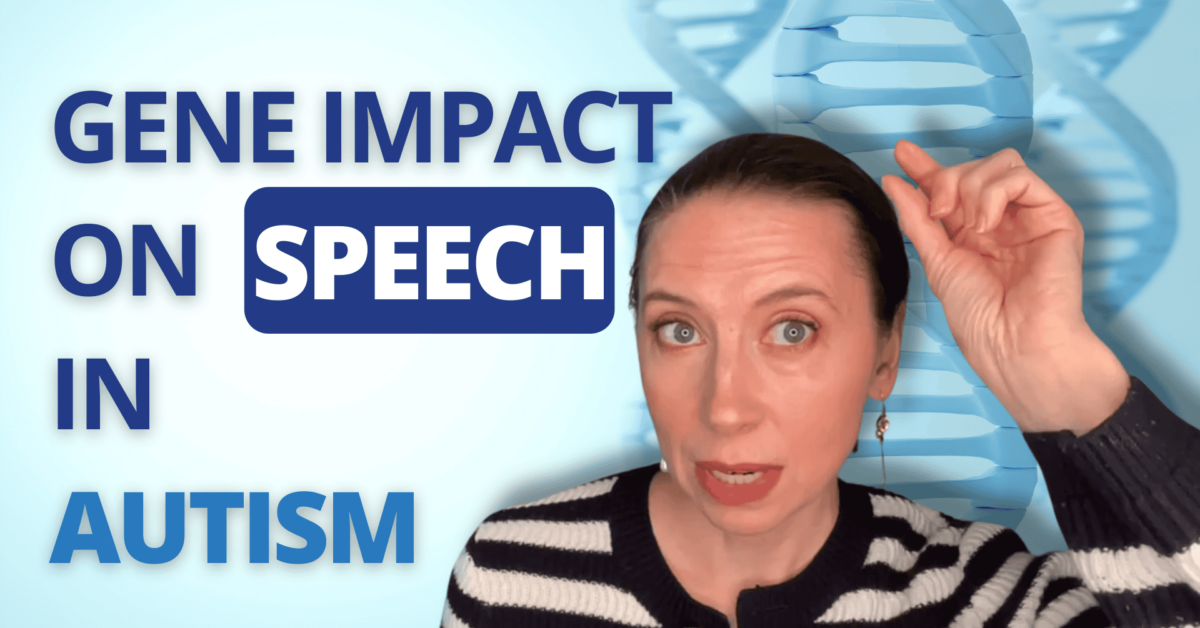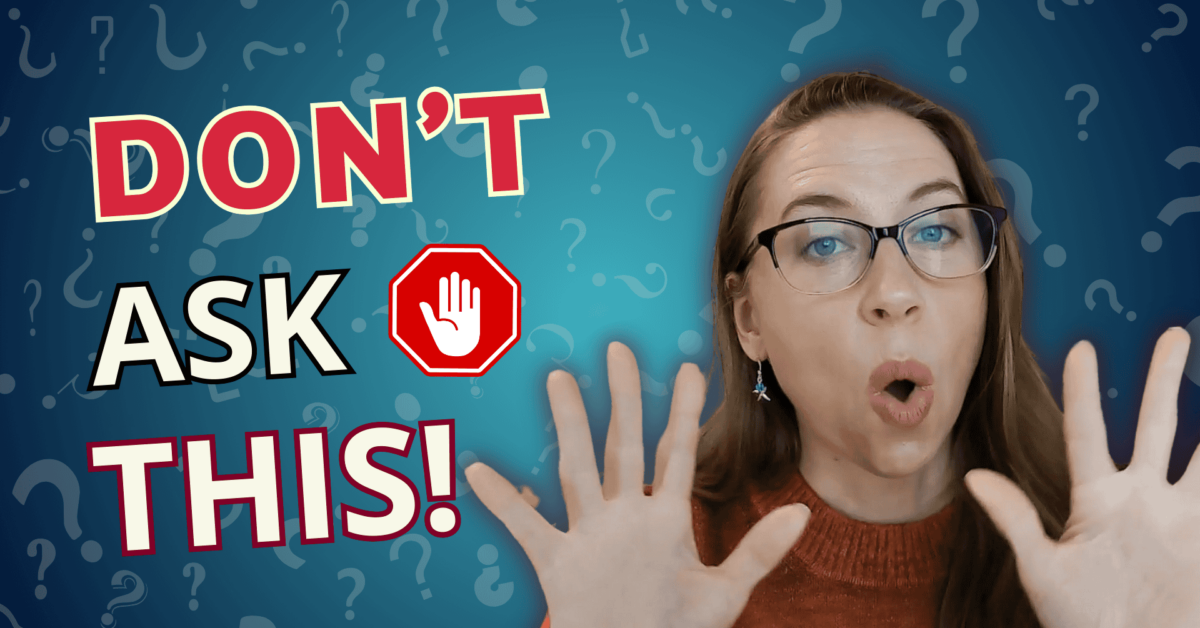These are the top three things you need to know about the FOLR1 gene mutation and speech.
What does the FOLR1 gene do?
Good question. This gene provides instructions for making a protein called the folate receptor alpha. This protein helps regulate the transport of the B vitamin folate into cells. If you don’t have this transporter, think of it as like a bus. If you don’t have this bus, it’s very hard to get folate into the brain. Speech is typically difficult when this happens.
What does the FOLR1 gene mutation present as? What does this look like?
Late onset seizures that are difficult to control with medication. There’s also motor control difficulties, including speech difficulties, and unexplained global developmental delays.
In the brain, folate is needed for making chemical messengers called neurotransmitters, and a fatty substance called myelin, which insulates nerve fibers and promotes the rapid transmission of nerve impulses. We want those impulses to go from one nerve to another so that you can do things like move and speak.
How do we detect this mutation?
If your child with autism has seizures, it’s typically recommended to do an epilepsy genetic panel. There are hundreds of genes that will be tested, and the FOLR1 is typically included in that epilepsy panel.
Insurance in the US often pays for this medical test. Don’t be scared about this gene mutation. Doctors typically give high levels of folate, such as leucovorin, to overcome the lack of the protein made by that gene. This is personalized medicine at its best. So much can change with folate, 5-MTHF, or leucovorin.




